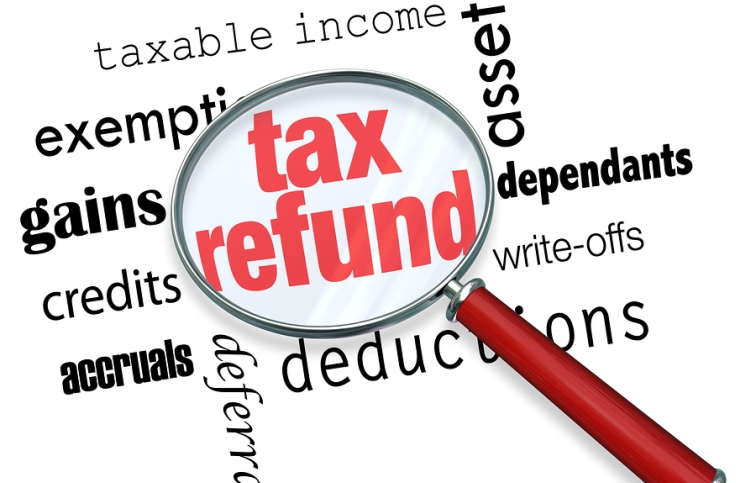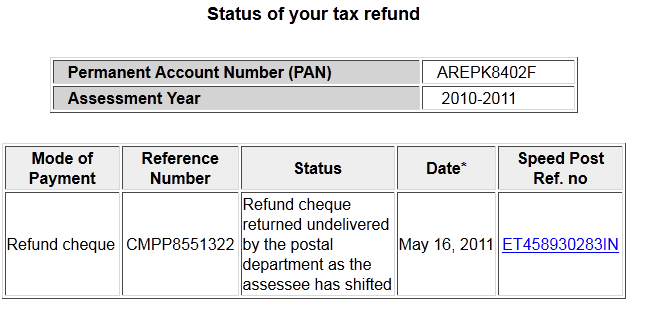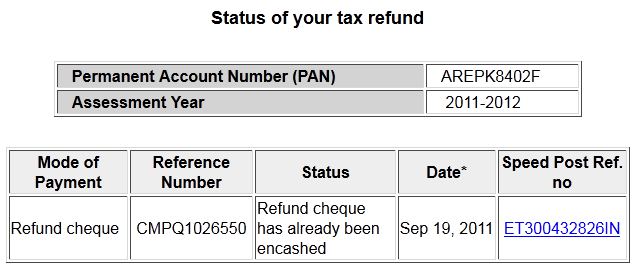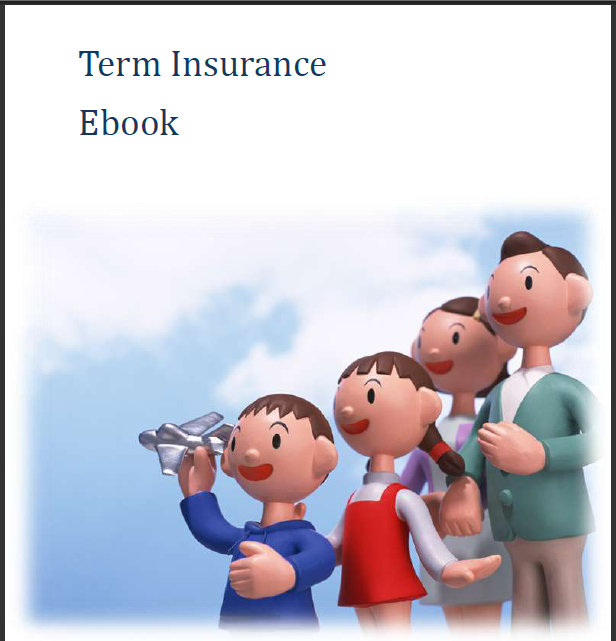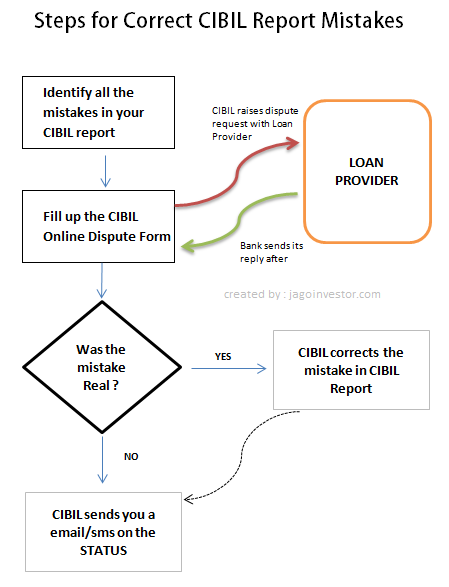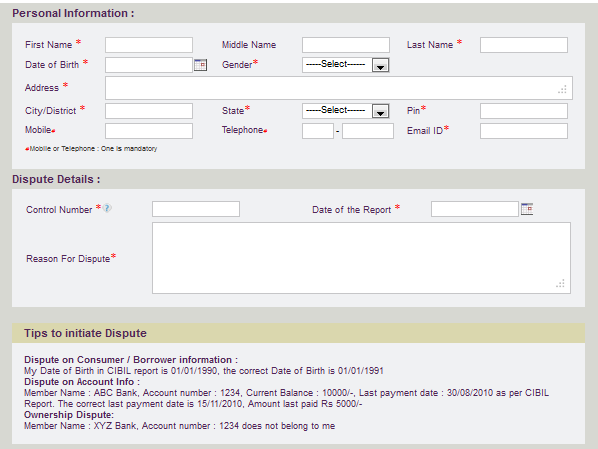While replying to some of the comments 2 days back, something caught my attention. One of the reader wanted my opinion on what he should do with his Jeevan Saral Policy for which the first premium was paid by the agent and future premiums were to be paid by him. As this happened recently in Jan 2012 only, the first premium had been invested (by agent) and he had to pay his future premiums (monthly). What caught my attention is that his agent paid his first month premium.
In addition to this i recently taken Lic Jeevan saral policy in the month of Jan 2012 (First premium payed by agent) and i need to pay from feburary 2012 thru ECS. After i read the article i realized the returns will 6 ~ 7%. My doubt is.. Do lic returns 6~7% any proof or evidence? If it is sure 6 ~ 7% what i need to do whether to continue or stop? (source)
You might be aware that many agents offer to pay first month premium and at times the whole first year premium. Many a times hungry investors shamelessly ask their agents if any pass-back can be earned out of it! So in such scenario, agents have to pay premiums from their own pocket. Now to many of us this whole “agent paying premium” might look very shocking and confusing because what can be the reason for an agent to pay your premium? So lets see why this happens.
Agents get commissions out of your premiums
One reason as to why an agent might be ready or eager or forced to pay your 1-2-3 months of premiums is because he earns commissions out of your premium. He earns around 25% of the premiums as commission in first year, 7.5% in 2nd and 3rd year and 5% for all the other years. Hence agents can safely afford to pay up to 25% of the premiums (which he gets back in form of commission) from his own pocket. So he can pay up to 3 months of premium without loosing any money.
Because of the competition and wrong attitude of clients
Another reason why most of the agents are forced to do this is because of the competition in the agent business. If one agent does not offer the pass-back of premiums in form of paying the first few months of premiums then some other agent will and the agent will lose the customer and all the future commissions he might have earned. Even the customers want to choose agents based on how much commissions he can pass back to them rather than how he will serve his clients. While writing this article, I came across this yahoo answers link where the question topic was “Where Can I find a LIC agent who returns the commission?” and then these clients will blame agents for miss-selling.
Purely as a bait to the client
Who in India does not like the word FREE? When someone else pays your premium, you are so tempted to take it and ignore the fact if it’s really a worthy product or not. So if the agent feels that a client might be interested in a product, well and good. If he feels a little hesitation or sees that a client might get stopped because of some reason, then an offer of paying first few months premium is really an ace move. That really stumbles the client’s rational thinking ability.
Because it plays with clients psychology
It’s very simple. I don’t need to sell you anything, just start the policy and pay first 2 months premium. I tell you that “Sir, your policy is started, don’t worry for the first premium as I will pay it”. Then comes next month and then I say “Sir, I have already paid your two month premiums now all you need to do is continue it”… So this gives you a feeling that you already got 2 premium payments for FREE. This in a way attracts you to make future commitments and the agent had to part away for some of this first year premium commission, but in a long run, he will make money out of it.
Meeting targets and urge to win incentives
A lot of investors have no idea on this point, but companies have load of sales targets and even bigger incentives for meeting these targets. For example – Foreign trips for top 100 top Development officers, a CAR to the agent selling maximum policies and many more like these. So at times in order to meet these targets and be eligible for those incentives some agents pay the first year premiums for some of the client.
Conclusion
As this trend to pass-back commissions is totally disallowed by IRDA. Its illegal for agent to pay clients premium or give him excessive gifts to lure him in taking the policy. An agent should totally avoid paying his clients premium. Also as a client, one has to understand that it’s not in his best interest to ask an agent to pay their hard-earned money for your policy. In the case an agent is offering to pay your premiums please ignore it!

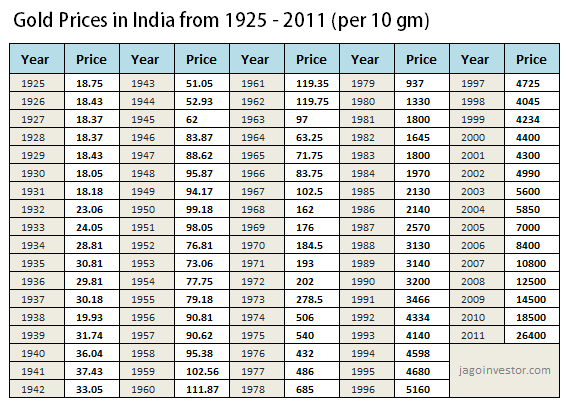
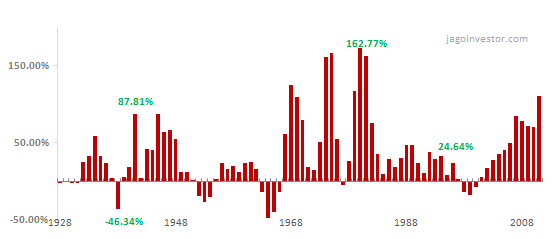
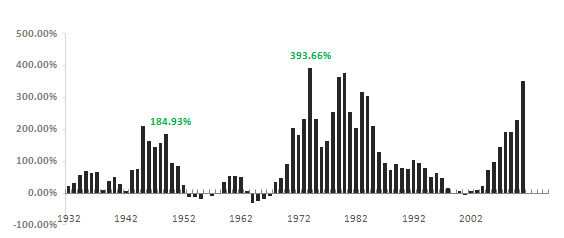
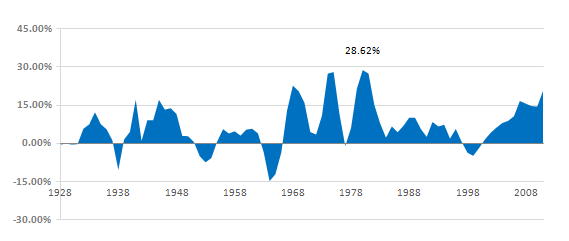
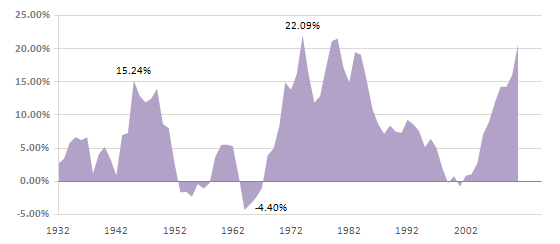
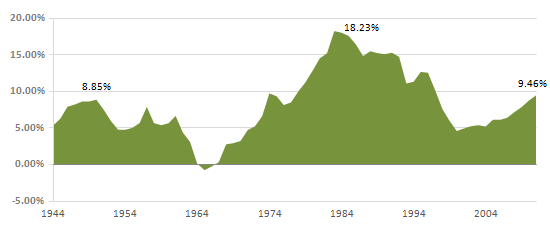
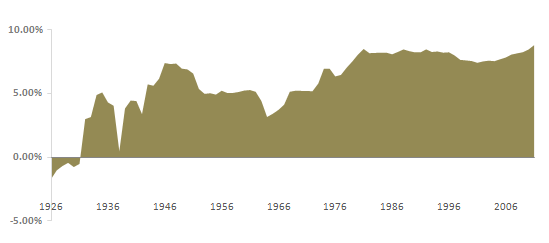
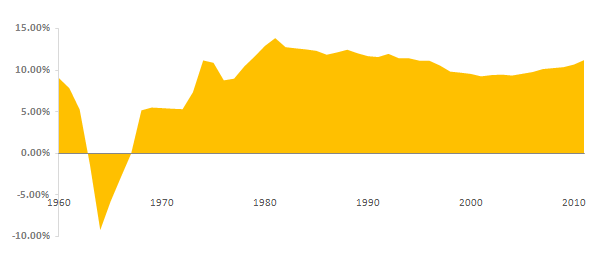
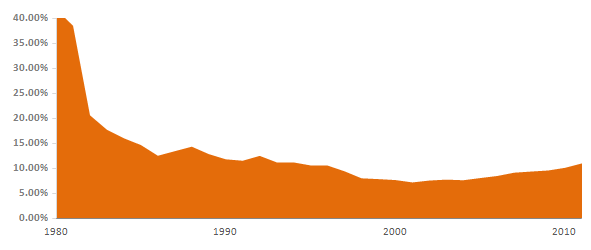
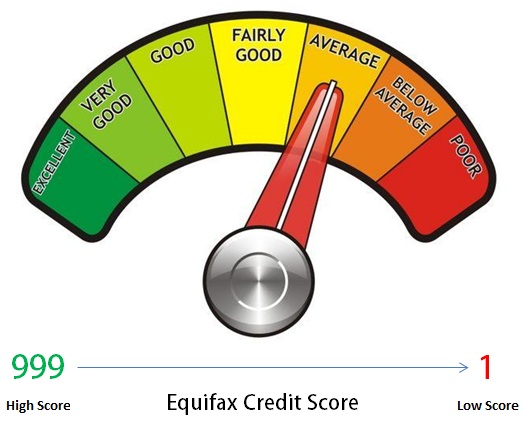
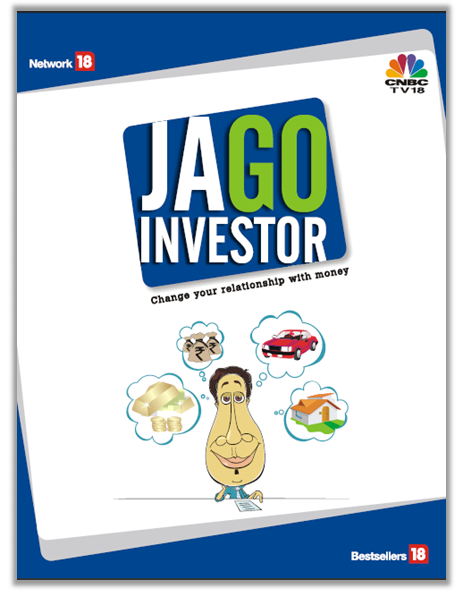 I am looking for readers who can help me market the book through various means. Incase you can help us in promotion of the book in any ways by mass mailing to your friends, colleagues, sharing it on your forum, writing about the book on your blog, Please
I am looking for readers who can help me market the book through various means. Incase you can help us in promotion of the book in any ways by mass mailing to your friends, colleagues, sharing it on your forum, writing about the book on your blog, Please 